Setting up a rainwater catchment system
If it is not for financial reasons, why are you installing a water tank? Here are some reasons:
- To do your part for water conservation;
- to be able to water your garden with some independence from water restrictions;
- to use rainwater for laundry, showers and toilets;
- for increased water independance.
What size of water tank should I choose?
Get the biggest tank you can fit in your garden. As a rule of thumb, about 25,000 litres of storage is considered enough for a small family to be nearly self sufficient for normal domestic usage. The storage size will vary according to local rainfall. Dry areas would require more storage, wet areas less.
A cheap and simple solution:
You can get started with rainwater collection by installing diverters in downpipes and filling a large garbage bin, but with this system there is no “first flush diverter” to remove impurities from the first quantity of rainwater from the roof. Water can be distributed from the bin/tank using gravity or a small pump.
Types of rainwater collection tanks
- Cylindrical tanks – either plastic or galvanized iron are often the cheapest, but they require a lot of space.
- Rectangular and other narrow tanks – either plastic or galvanized iron can fit under eaves and in narrow spaces next to fences. However, they are lower volume and more expensive.
- Collapsible bladder systems can be installed out of the way under decks.
Here's an interesting set up:
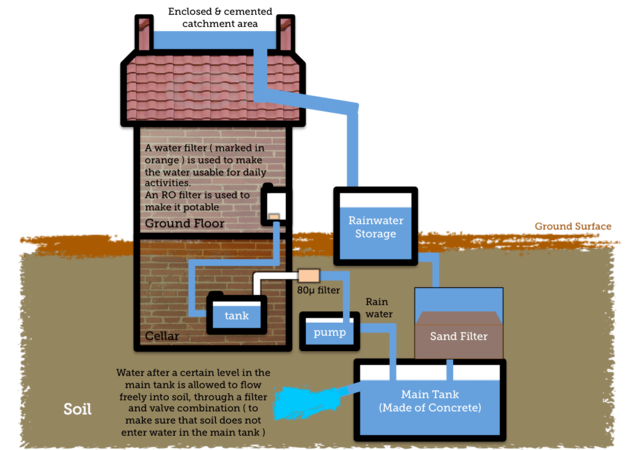 |
|
|
Other considerations:
- If you use rainwater for showering, be aware of the difficulties matching different water pressures. The mains pressure is often higher than what a pump can produce and the mains pressure can stop the tank water from coming through the pipes.
- There are strict government regulations concerning the connection of mains water and tank water systems. The intention is to prevent tank water systems possibly contaminating the mains system. A licenced plumber must install this type of connection. These regulations don’t apply if the systems are plumbed seperately.
- The ability to fill tanks also depends on the roof catchment area you have. If the catchment area is too small you may never fill large tanks. This can be calculated from the average rainfall events for your location and the roof area.
Rain water catchment system installation:
- Larger tanks will often need to be installed in back yards using a large crane. This is easiest with new home constuction when sites are more accessible, it may be difficult with limited access.
- Check with the tank retailer for the cost of using a crane. Some retailers will offer a free crane install for tanks over a specific size, below that size you may have to pay separately for the cost of the crane ,but this shouldn't be terribly expensive as it is likely a pretty quick proceedure in most cases.
- Tanks can be partially buried – up to a third the height of the tank is usually possible. If you bury tanks deeper than that without taking special measures they can “pop out” of the ground if the tank is empty and the water table rises. A drain system around a buried tank site with a sump and water pump installed could avoid this happening and enable the tank to be more fully or completely buried. This type of installation should be done professionally.
- Ensure that every tank has a valve installed at its outlet. This will allow you to isolate the tank quickly and easily to work on the pipe system. Also, if you damage the pipe outlet system you can shut the valve to prevent the entire contents of the tank being lost.
- Tanks can be installed under decks if the support structure is designed to leave space underneath to accommodate the tank.
- All tanks must have an overflow connection to stormwater (or perhaps another lower tank).
- Choose your water pump carefully – it is very important to calculate the pressure and flow required to get the appropriate performance.
-
Now you know about rainwater catchment systems. Find more pages about water conservation sustainable construction below and in the Ecohome Green Building Guide pages.
-
Introduction to rainwater harvesting
-
Learn about water efficient fixtures here
-
Is greywater recycling in homes worth the investment?
-
Resilient design features to make homes more livable and last longer
Discover all the benefits of a free Ecohome Network Membership here - promote your business and get access to discount pricing on select building materials!
-
Text availablalikee under a Creative Commons Attribution-ShareAlike 3.0 Unported License, unless otherwise noted.
















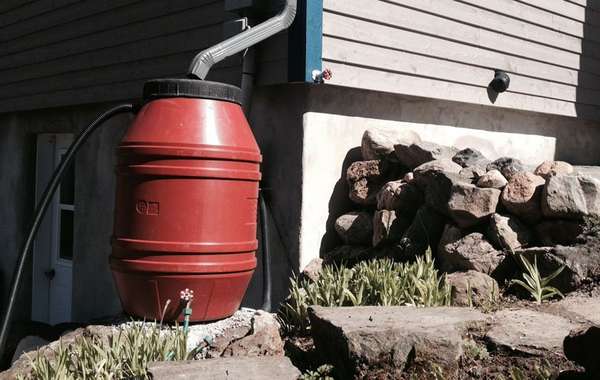

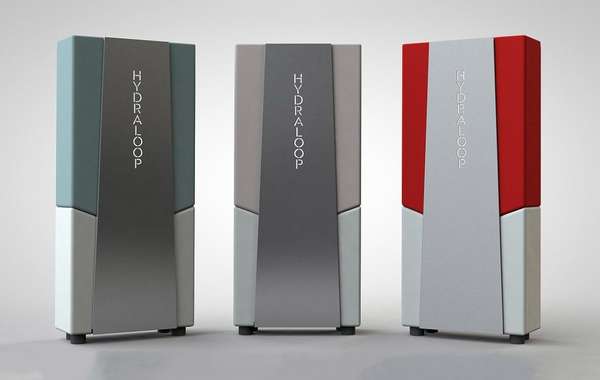
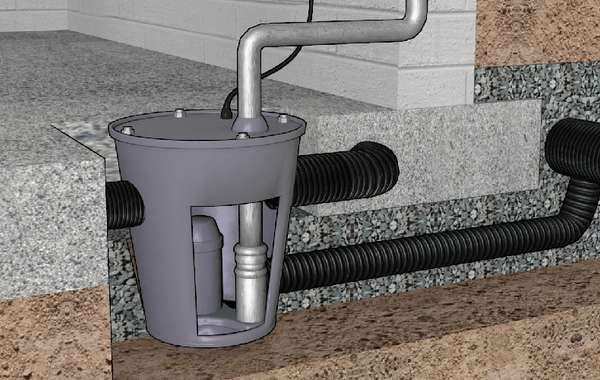
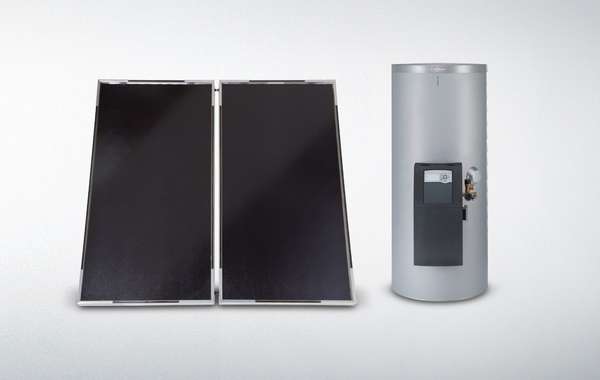
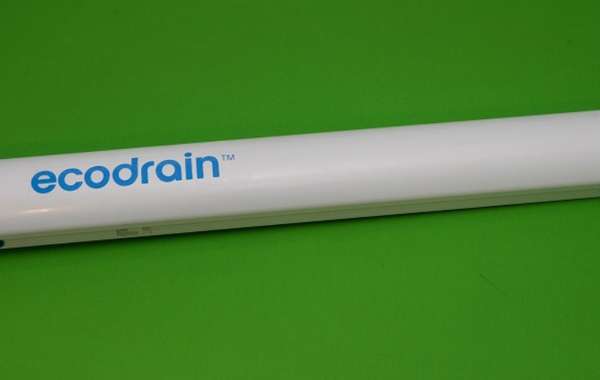
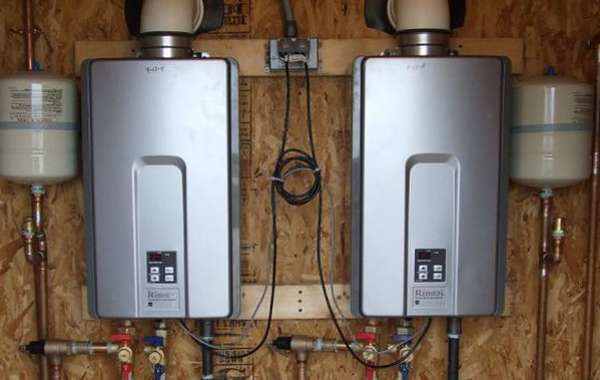
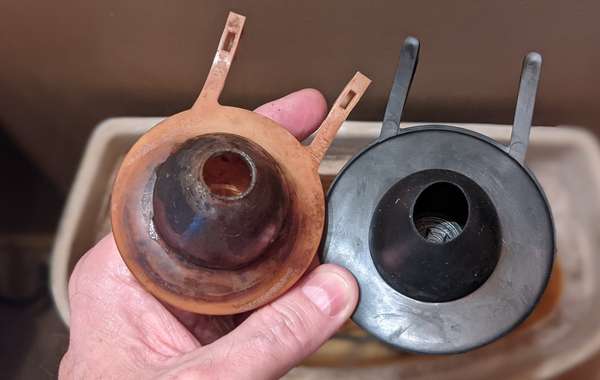
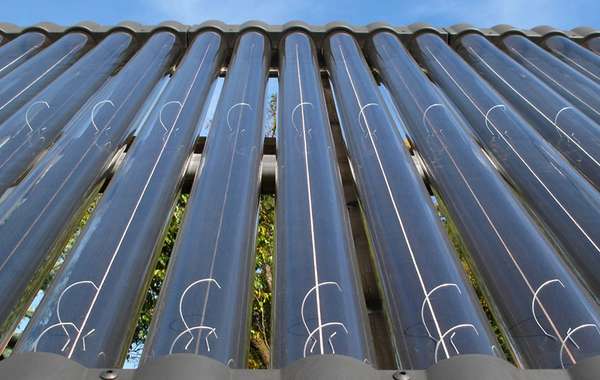

Comments (0)
Sign Up to Comment